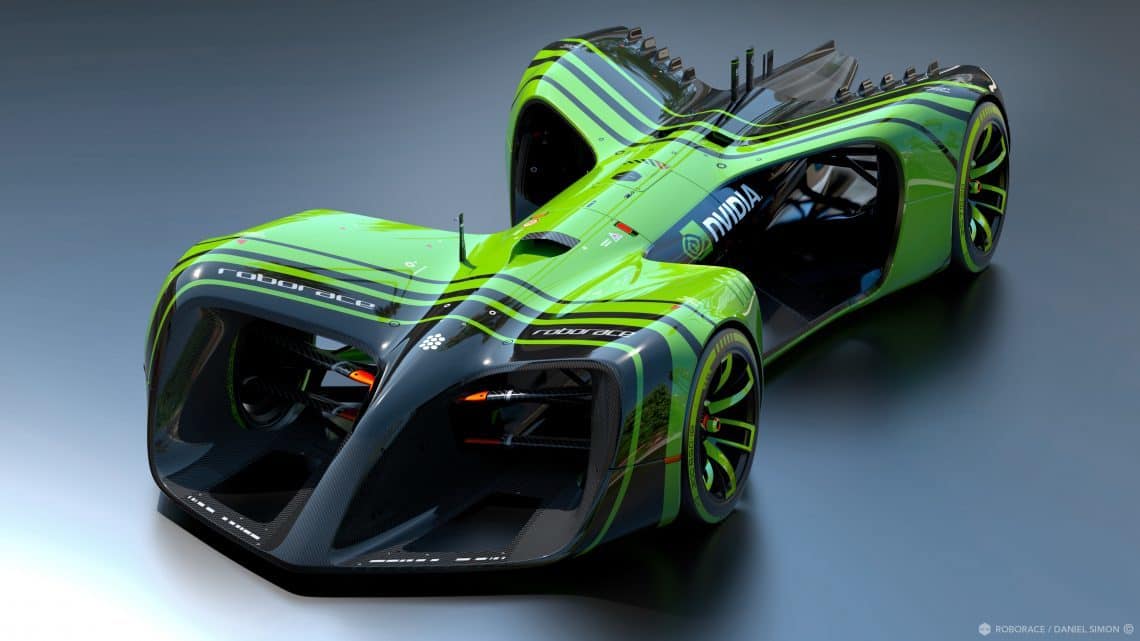NVIDIA is keeping up its efforts into the autonomous cars field with other manufacturer agreements, including partnerships with Volvo, Volkswagen and ZF.
Each of the organisations will take advantage of NVIDIA’s equipment, testing and programming to improvement their self-driving frameworks. They’ll also use NVIDIA’s hardware and software platforms to form the foundation of their self-driving systems.
Jensen Huang, CEO of NVIDIA said that artificial intelligence is the most potent technological advancement of our world and he’s pleased to see so many car manufacturers embracing the tech.
Volvo, will use NVIDIA’s AI technology for its driverless car learning platform, which it’s developing alongside Autoliv.
Volkswagen will use NVIDIA’s hardware and software to research into how autonomous frameworks can be used to compliment self-driving, for example, streamline traffic in urban areas. NVIDIA’s Metropolis smart city platform could be the perfect companion for this project.
And ZF will use NVIDIA’s Drive PX AI platform to create complete self-driving units that car makers can integrate with the cameras and radar system of their commercial and passenger vehicles. However, the ability for graphics cards to complete the parallel handling expected from such data-intensive applications needs to be further developed before it’s ready to power cars of the future.
NVIDIA is also working on a virtual simulator for the training of AIs and robots, which could be used outside driverless car technologies.
15/06/2017: NVIDIA set to lead the driverless car market
NVIDIA is set to become a market leader in the driverless car space, according to CB Insights’ venture capital database. The company looked into 44 companies working on driverless car tech and concluded NVIDIA had the most potential to succeed.
NVIDIA has already made many partnerships with the best automakers out there, such as Audi and Tesla. However, the recent partnership with Japanese car manufacturer Toyota has the greatest potential to accelerate the company’s revenue exponentially because of the volume of car sales.
Tesla has generated the biggest successes for NVIDIA so far. The electric-vehicle maker is now using the chipmaker’s DRIVE PX2 platform across its entire model lineup, including the entry-level Model 3 that could increase its annual production to 500,000 units next year.
Audi and Mercedes’ combined sales only reached 4.1 million cars last year, while Toyota reached over 10 million cars sold and was the second largest automaker by sales. The car giant decided to work with NVIDA’s DRIVE PX2 driverless super computer platform, powered by Xavier chip.
In fact, the Japanese giant could dramatically boost its business by integrating NVIDIA’s DRIVE PX2 system in its cars, instead of developing and testing separate self-driving systems from scratch.
Toyota already uses some self-driving technology in its cars, like the collision detector system in the Corolla. It can boost its technology development by using NVIDIA’s self-driving supercomputer and integrate more self-driving features in its cars.
Meanwhile, Audi is working with NVIDIA to create a self-driving car which could drive itself with minimal human intervention by 2020. It is also working with Volkswagen to create artificial intelligence (AI)-enabled cockpits across its entire portfolio.
NVIDIA is gradually expanding and gaining valuable partners. Last quarter, it made a 23% jump in automotive sales revenue to $140 million. Stronger growth could be achieved with the use of NVIDIA’s solution by Toyota.




